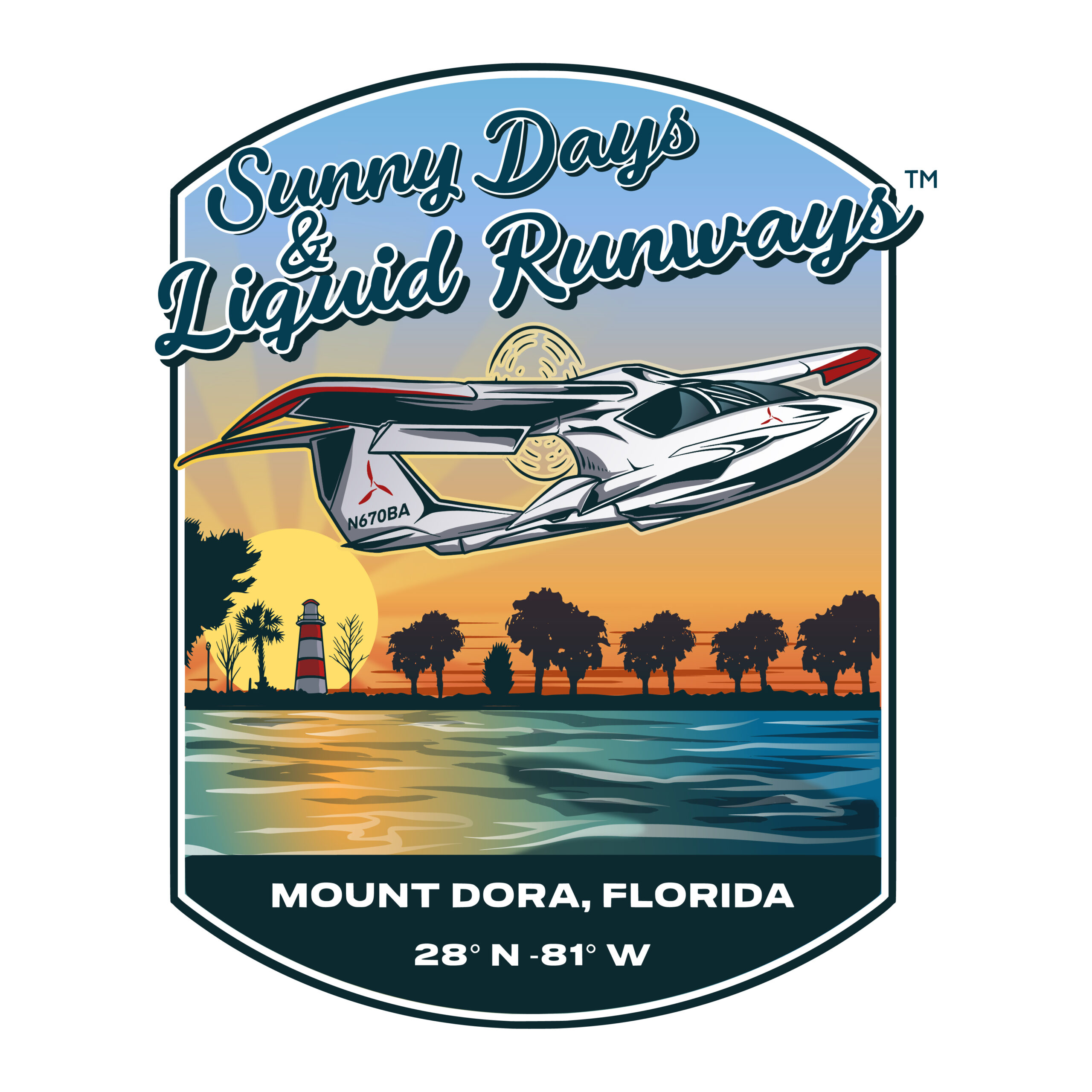There’s a distinct allure to seaplane flying, an elegant dance between sky and water that captures the imagination. Far from the concrete jungles of conventional airports, seaplane pilots operate in a world where the runway shifts with the tide and the terminal is often a pristine, remote shoreline. This unique domain demands a profound depth of knowledge and a specific set of skills that go far beyond standard aviation protocols. What exactly do these aviators understand that sets them apart? It’s a blend of aerodynamic mastery, intimate environmental awareness, and an unwavering respect for nature’s powerful forces.
Mastering the Liquid Runway: Beyond Asphalt
For most pilots, a runway is a fixed, predictable surface. For a seaplane pilot, the runway is a dynamic, living entity. Understanding water, in all its complex manifestations, is paramount. They know that a glassy calm surface, while beautiful, can be deceptively dangerous, obscuring obstacles and making judging height for landing incredibly difficult. Conversely, choppy water demands a different approach, often a higher speed landing to maintain control and avoid digging in a float. Pilots must discern the subtle cues of:
- Surface Texture: Is it rippled, calm, or breaking? Each dictates a different takeoff and landing technique.
- Currents and Tides: These forces affect drift during maneuvers, anchoring, and docking. Ignoring them can lead to significant navigational challenges or even damage.
- Obstacles: Drifting logs, submerged rocks, buoys, fishing lines – the water is rarely clear of potential hazards, demanding constant vigilance.
- Wind Effects: Wind interacting with water creates waves and spray, impacting visibility and aircraft stability, especially during critical phases of flight.
This “reading of the water” is an intuitive skill honed over countless hours, a crucial element of seaplane safety that conventional pilots never encounter.
Reading the World Differently: Beyond Airspace
While all pilots require keen environmental awareness, seaplane pilots merge the disciplines of aviation and maritime navigation. Their operational environment extends beyond controlled airspace to encompass vast, often uncharted waterways and shorelines. They develop a unique sensitivity to:
- Microclimates: Weather patterns over large bodies of water can differ dramatically from land-based forecasts. Fog, sudden squalls, and wind shifts are common and demand immediate, accurate assessment.
- Remote Navigation: Many seaplane operations take place in areas with minimal navigational aids, requiring expert visual pilotage and a deep understanding of terrain features, coastlines, and landmark identification.
- Wildlife Encounters: From flocks of birds to marine mammals, seaplane pilots must be acutely aware of animal behavior and their potential impact on flight operations, especially during low-level approaches and takeoffs.
- Fuel and Resources: Operating in remote areas means self-sufficiency is key. Pilots must meticulously plan fuel loads, consider emergency supplies, and understand the logistics of accessing resources away from conventional infrastructure.
This holistic view of their operational sphere transforms them into not just aviators, but skilled bush pilots and marine navigators, all rolled into one.
Specialized Craft, Specialized Care: The Amphibious Machine
The seaplane, particularly the amphibious variant, is a marvel of engineering, capable of operating from both land and water. This dual capability, however, introduces a complex layer of operational knowledge and maintenance. Seaplane pilots are intimately familiar with:
- Float Systems: Understanding the buoyancy, hydrodynamics, and structural integrity of floats is critical. They know how to inspect for leaks, damage, and proper rigging.
- Corrosion Control: Operating in fresh or saltwater environments accelerates corrosion. Pilots must be diligent about washing, inspecting, and applying anti-corrosion treatments to preserve the aircraft.
- Retractable Gear Management: For amphibious aircraft, the “gear up for water, gear down for land” mantra is paramount. Forgetting this critical step can lead to catastrophic accidents, making pre-flight and pre-landing checks even more crucial.
- Docking and Mooring: These maneuvers require a delicate touch, considering wind, current, and the presence of other vessels. It’s a skill akin to boat handling, demanding precision and spatial awareness.
Their understanding extends beyond flying the aircraft; it encompasses the unique demands of its interaction with water, ensuring its longevity and safe operation in diverse environments.
The Mindset of a Seaplane Pilot: Adaptability and Respect
Beyond the technical and environmental knowledge, seaplane pilots cultivate a particular mindset. They are problem-solvers by necessity, constantly evaluating fluid situations and adapting their plans. They possess:
- Heightened Situational Awareness: Operating without the structured environment of an airport means they are always scanning, always anticipating, always prepared for the unexpected.
- Self-Reliance: Often alone in remote settings, they are their own ground crew, weather station, and air traffic control. This fosters a strong sense of independence and resourcefulness.
- Deep Respect for Nature: The beauty and power of the natural world are constant companions. Seaplane pilots learn humility from the forces of wind and water, understanding that nature dictates the terms of their operations.
- Patience and Prudence: Knowing when *not* to fly is as important as knowing how to fly. Waiting out adverse weather or poor water conditions is a mark of a wise seaplane pilot, prioritizing safety over schedule.
This blend of technical expertise, environmental insight, and a resilient mindset is what truly defines “Life Above Water.”
The Unseen Depths of Expertise
The world of seaplane flying is a niche within aviation, but it’s one that demands a broad and profound base of knowledge. What seaplane pilots know isn’t just about aerodynamics or navigation; it’s about understanding the seamless interface between two distinct elements: air and water. It’s about a deep appreciation for the environment, a mastery of specialized equipment, and an unshakeable confidence born from confronting and understanding nature’s complexities. Their expertise allows them to unlock breathtaking access to remote beauty, making them not just pilots, but true explorers of the vertical and horizontal frontiers.


